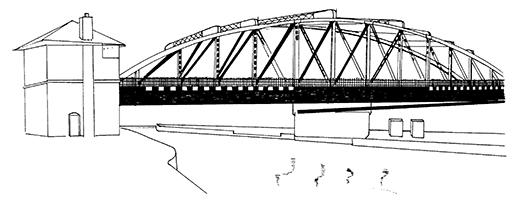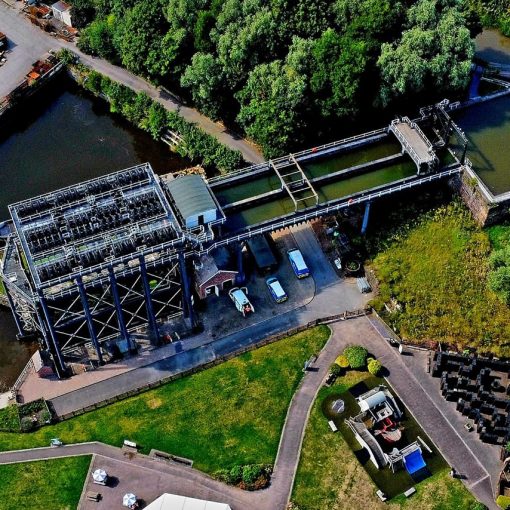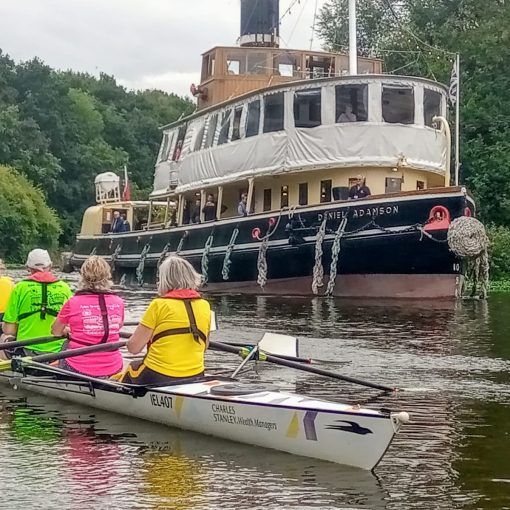The latest newsletter from Rewilding Britain (28 Feb 2024) emphasises the massive impact of natural flood defences in flood mitigation.
The newsletter points to their page on Flood Risk Management which quotes Ennerdale as an example:
“During the devastating floods in Cumbria in 2009, river managers noted a massive difference in the response of the St John’s Beck in Thirlmere, which had been canalised and straightened, and the River Liza in Ennerdale, that had been allowed to rewild: to braid and meander naturally, to form islands and accumulate banks of stone and woody debris. The St John’s Beck suffered a massive pulse of floodwater, roaring down the river valley. The River Liza was still clear and fordable the day after the downpour had occurred. The obstructions in the river slowed and filtered the water, protecting settlements downstream from flooding.”

“Downstream from Ennerdale, neither Ennerdale Bridge nor Egremont (or other smaller villages) flooded on at least two occasions in the last six years (including recent events in 2015) when torrential rain fell on the Western Lake District fells. But towns and villages on the western edge of the Lake District with rivers flowing down adjacent valleys, and subject to ‘traditional’ management and land-use, flooded terribly, and have done so more than once. They include Cockermouth, Workington and several other smaller villages.”
They conclude: “Dredging, canalisation and embankment speed the flow of water downstream, while ecological restoration turns out to be as good for people as it is for wildlife.” “Leaky dams” upstream flow the flow of water downstream and slow the flow of water downstream, reducing their propensity to flood. Furthermore, these measure cost a fraction of the cost of hard flood defences.
As our winters become wetter with periods of more intensive rain, the RWNS are calling for action to develop natural flood defences, especially on the River Dane.
More information is given in an earlier Rewilding Britain report here: Rewilding-Britain-Flood-Report





